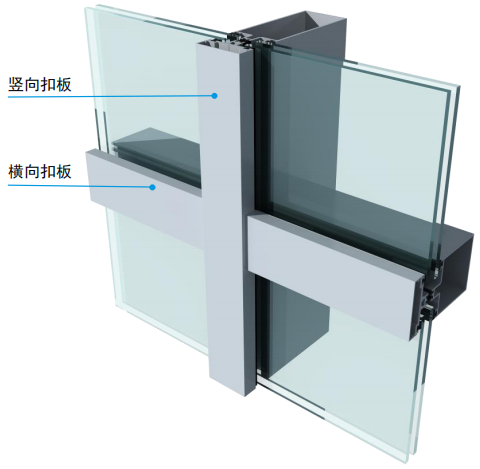

The Importance and Process of Low-E Glass Installation
In today's world, energy efficiency is a priority for both homeowners and commercial property managers. One effective way to enhance energy savings is by installing Low-E (low emissivity) glass in windows. This advanced glazing option provides superior insulation and reduces energy consumption, making it an attractive choice for new constructions and renovations alike.
What is Low-E Glass?
Low-E glass is coated with a thin layer of metallic oxides that reflect infrared energy while allowing visible light to pass through. This unique property helps to maintain indoor temperatures, minimizing the need for heating and cooling systems. During the winter months, Low-E glass reflects the heat back into the room, keeping it warm, while in the summer, it reflects heat away from the interior, thereby maintaining cooler indoor conditions. The result is a comfortable living environment with reduced energy bills.
Benefits of Installing Low-E Glass
1. Energy Efficiency One of the primary benefits of Low-E glass is its remarkable energy efficiency. By reducing heat transfer, it helps homeowners save on energy costs, which translates into substantial financial savings over time.
2. UV Protection Low-E glass also blocks a significant amount of harmful ultraviolet (UV) rays from the sun. This is crucial for protecting furniture, artwork, and flooring from fading and wear caused by prolonged sun exposure.
3. Condensation Reduction The insulating properties of Low-E glass can help reduce condensation on windows. This is particularly important in humid environments or during winter when temperature differences between indoor and outdoor air can cause condensation to form.
4. Increased Comfort By maintaining a more consistent indoor temperature, Low-E glass contributes to overall comfort for occupants. It helps eliminate cold drafts near windows in winter and reduces excessive heat buildup in summer.
5. Environmental Impact Using Low-E glass reduces the reliance on heating and cooling systems, leading to lower greenhouse gas emissions. This is an important consideration for environmentally conscious homeowners looking to reduce their carbon footprint.
The Installation Process

Installing Low-E glass requires careful attention to detail to ensure optimal performance. Here is a step-by-step guide to the installation process
1. Assessment Begin by assessing the existing windows and determining which ones will benefit from Low-E glass. Consider factors such as age, efficiency, and condition.
2. Choosing the Right Product There are various Low-E coatings available, each with different properties. Consult with professionals to select the best type for your specific needs, considering your local climate and energy requirements.
3. Removal of Existing Glazing If replacing existing glass, carefully remove the old glazing or windowpane. This step may involve removing the window frame from the wall, so it's crucial to take precautions to prevent damage.
4. Preparation Clean the window frame thoroughly to ensure a secure seal for the new Low-E glass. Inspect for any damage and repair as necessary.
5. Installation of Low-E Glass Carefully fit the Low-E glass into the window frame. Make sure that the proper side faces outward, as indicated by the manufacturer's instructions. Secure the glass using appropriate glazing materials.
6. Sealing Use high-quality sealants to prevent air and moisture infiltration. This ensures the longevity of the installation and maximizes energy efficiency.
7. Finishing Touches Once the glass is in place and sealed, reinstall any trim or finish work around the window.
8. Inspection Finally, inspect the installation for any gaps or issues that could compromise performance.
Conclusion
Low-E glass installation is a smart investment for any property owner looking to improve energy efficiency, comfort, and protection from UV rays. With careful planning and professional help, the installation process can be straightforward and rewarding, leading to long-term benefits for both the environment and your wallet. Embracing modern technologies like Low-E glass is not just about improving comfort; it’s about making responsible choices for a sustainable future.